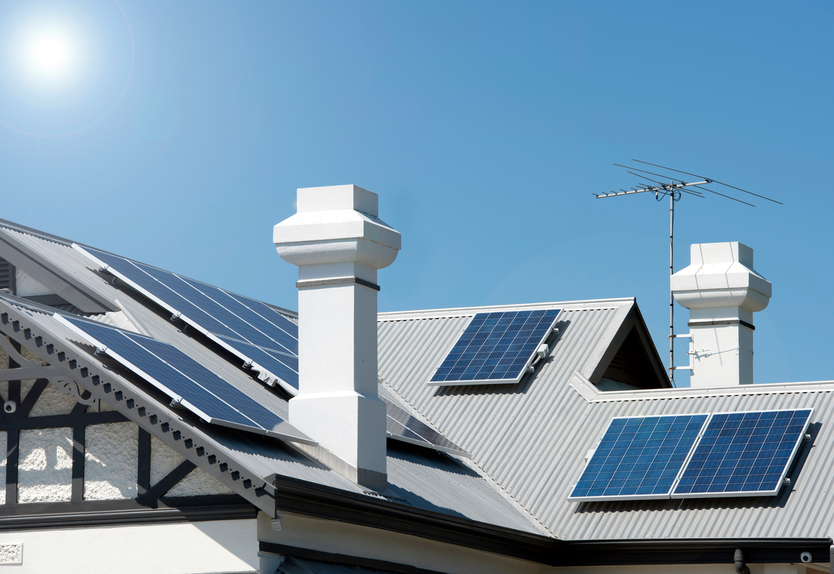Floating Photovoltaic Systems

This engineering online PDH course will establish the principles of capital cost modeling and assumptions for solar photovoltaic systems installed on floats anchored in bodies of water.
Typical bodies of water used include industrial ponds, hydropower reservoirs, agricultural ponds, and flood control reservoirs. Floating solar photovoltaic (FPV) systems are advantageous in places where land use is constrained, land is not easily accessible, or land leasing is expensive, and a body of water is available. In this course, an analysis of the installed costs for a FPV system constructed for average site conditions shows that the FPV system costs are approximately 25% higher than ground-mounted, fixed-tilt PV installed over bare ground. Higher structural costs related to the floats and anchoring system are the largest contributors to the increased cost. FPV deployment is in an early stage, and additional experience, best practice development, and new configurations and technologies might help reduce the costs of FPV systems over time.
The 1 PDH online course is intended for civil, mechanical, environmental, and electrical engineers concerned with the design and installation of photovoltaic systems.
This PE continuing education course is intended to provide you with the following specific knowledge and skills:
- Learning how to apply bottom-up modeling methods to calculate the capital costs associated with FPV applications for different site characteristics and system design types.
- Knowing global FPV deployment data
- Understanding FPV system design assumptions
- Recognizing key cost components of FPV systems
Upon successful completion of the quiz, print your Certificate of Completion instantly. (Note: if you are paying by check or money order, you will be able to print it after we receive your payment.) For your convenience, we will also email it to you. Please note that you can log in to your account at any time to access and print your Certificate of Completion.